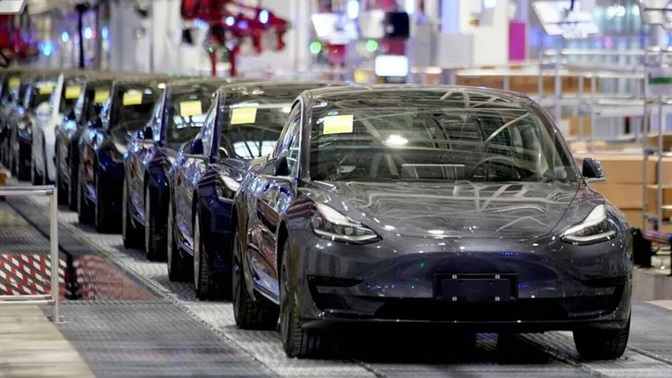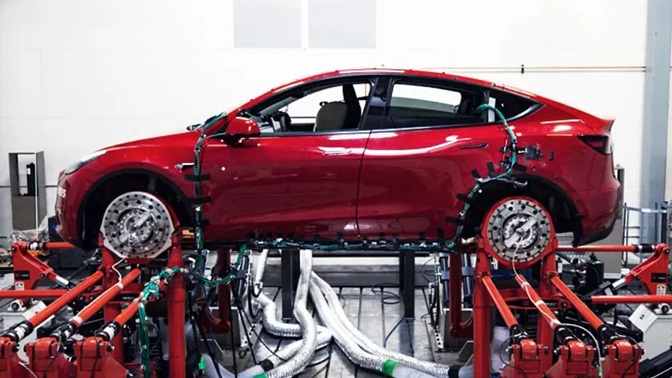Tesla reduced the production of the Model Y and Model 3 at its China plant amid sluggish sales growth.
Tesla reduced the production of the Model Y and Model 3 at its China plant amid sluggish sales growth.
A day ago, we learned that Tesla informed its employees at the Shanghai, China, facility that they would temporarily reduce their output. There is a decline in both internal and foreign demand. However, this happens at a time when the Asian behemoth’s sales of electric vehicles are still rising sharply.

Chinese media said that Tesla would have lowered the pace of production lines to five days from the current 6.5 days, which would have reduced the production of the Model Y and Model 3.
Since production cuts started earlier in March, employees have not yet received a clear update on when manufacturing will resume as usual.
Longer suspensions are possible for certain manufacturing lines at Tesla’s Shanghai factory, including the battery workshops.
Employees and a few suppliers have received word from Tesla that production limits will be extended through at least April.
As far as we can recall, the Tesla factory in Shanghai is the most prominent American firm, with an annual capacity of almost 950,000 automobiles.
Tesla sales decline in China
However, the numbers are not adding up as planned. In China, Tesla sold 30,141 units in February of last year, an 11.15% decrease from the previous month.

Additionally, exports have yet to help much; last month, Tesla exported 30,224 units from China, a 25.33% decrease from the same time in 2023.
Naturally, it takes a while to determine whether Tesla’s sales trend is increasing or decreasing. For the American brand, seasonality is typically crucial, and China has observed holidays such as the new year.
However, it’s interesting to note that the announcement by Tesla about reducing production coincided with a sharp increase in overall sales.
Three hundred thirty-six thousand electric vehicles were sold in this market between March 1 and March 17, according to data from the China Automobile Association (CPCA). A 56% rise over the same period last year and a 115% increase when compared to February is represented by this number.
Sales of plug-in hybrids and electric vehicles (NEV) increased by 42% yearly to 1.39 million units between January and February. This number signifies a 48% market share for this technology.
Accordingly, between March 1 and March 17, about half of all automobiles sold in China were plug-in hybrids or electric vehicles. The amount is projected by manufacturers like BYD for the middle or end of the year.
Currently, the question is whether Chinese manufacturers are seriously starting to put pressure on North American manufacturers by introducing products that are more affordable, just as competitive, or both. Or is Tesla’s slowdown merely a seasonal occurrence?
This is happening at the same time as Tesla recently increased the Model Y’s global pricing, which might deal a further blow to the US manufacturer.
Related Post



